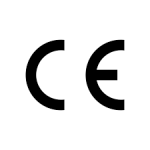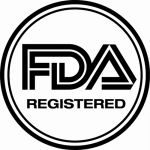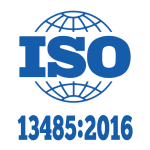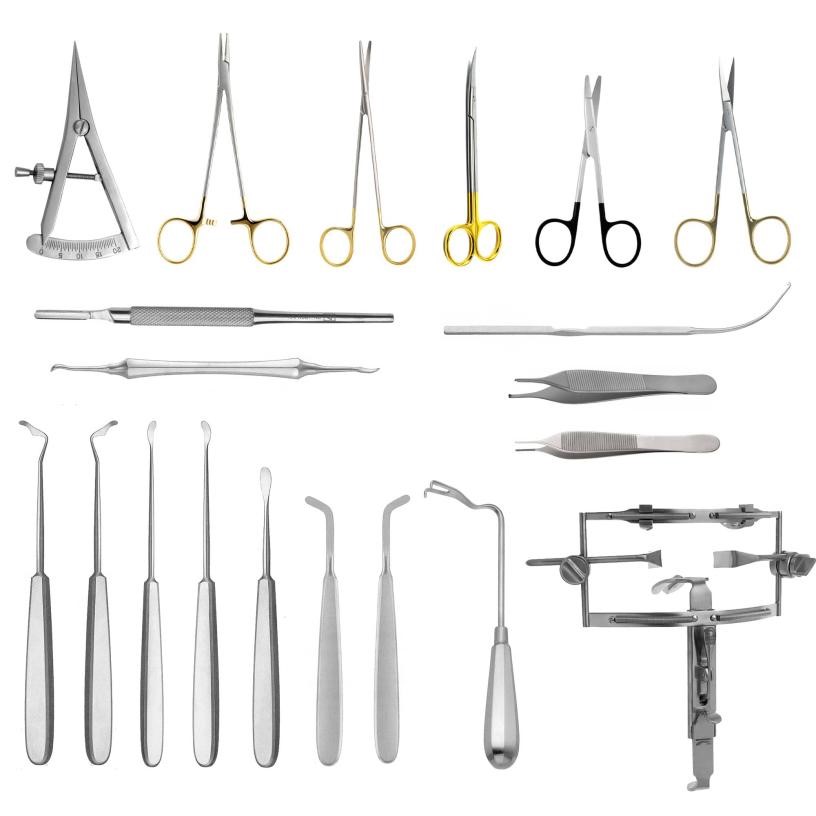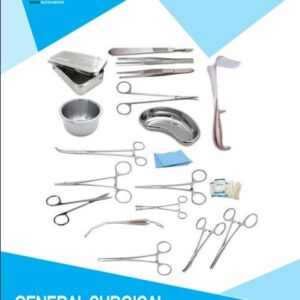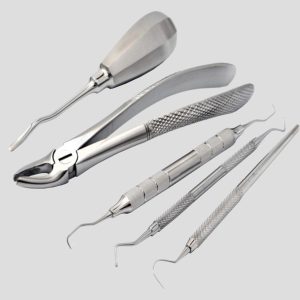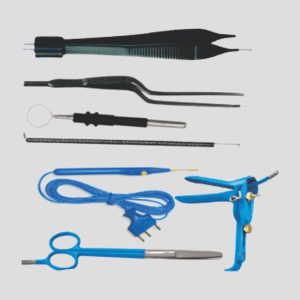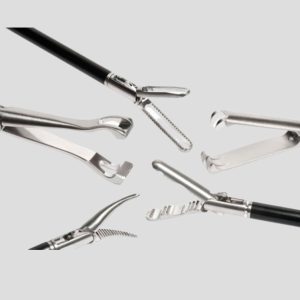The team at Rigour Instruments has designed and manufactured medical devices for many years. Over that time, they have amassed a lot of experience and understanding of the various needs of our customers and the variety of products we have produced. Additionally, we are always delighted to help with any queries that prospective and current clients may have regarding the design, production, and delivery of medical devices.
These are just a handful of the frequently asked questions we receive, which may assist address any issues you may have about medical devices:
What is Medical Imaging all about?
In order to produce visual representations of the interior body or the operation of specific organs or tissues for clinical study and medical intervention, medical imaging is a branch of healthcare that uses technology, procedures, and techniques. Medical imaging helps with disease diagnosis and treatment by illuminating the anatomy that lies beneath the skin and bones. When compared to a database of proven normal anatomy and structures, it finds aberrant structures.
Are medical imaging and radiology the same?
There are some differences between radiology and medical imaging despite the perceptions of both being similar. Both are a component of the more significant science of biological imaging, which seeks to use both to treat and diagnose illnesses. X-rays, MRIs, and other imaging methods are used in medical imaging to get images of inside body structures. However, radiology is the field that analyses and interprets those pictures in order to make diagnoses and provide therapy.
Which medical imaging techniques are in use today?
The following imaging techniques are frequently used: X-rays, computed tomography scan, or CT scan, Magnetic resonance imaging, or MRI, Ultrasound and imaging using nuclear medicine. A specific technology is used in each of these methods. The application of techniques varies according to the situation, as each approach has a distinct level of information that it can provide. For instance, X-rays work best to detect a crack in the bone. You will find the common use of X-rays not just in big hospitals but even in small clinics as well. This shows how much value it holds for a medical treatment.
Which medical device needs a prescription?
Depending on how wide you want to interpret what a “medical device” is. Orthopedics and cardiac devices come to mind when people think of medical gadgets. Because these devices are utilized in a hospital environment, prescriptions are not needed for them; instead, doctor documentation attesting to the device’s medical necessity is required. Contact lenses are the most widely used medical equipment, nevertheless. This would be a perfect illustration since they do need medicines. Another illustration would be a continuous positive airway pressure (CPAP) machine used in a home environment to help with sleeping. Prescriptions from doctors are usually needed by insurers in order to support paying for the gadget.
What distinguishes medical instruments from medical devices?
While both medical instruments and medical devices are essential tools in the healthcare sector, they have diverse functions and unique qualities.
Any tool, apparatus, implement, machine, appliance, implant, reagent for in vitro usage, software, material, or other comparable or related item that the producer intends to use for medical purposes is considered a medical device. They are employed in the identification, mitigation, monitoring, treatment, and prevention of illness. Medical gadgets can range in complexity from a tongue depressor to a pacemaker. Governmental organizations regulate them to guarantee their efficacy and safety.
Instruments used by healthcare practitioners to carry out particular tasks or procedures are referred to as medical instruments. These are frequently manually operated or portable instruments used in surgery or diagnostic processes. Stethoscopes, otoscopes, forceps, and scalpels are a few examples of medical tools. Medical instruments are necessary to perform procedures accurately and precisely.
Which medical devices are best to keep at home?
A portable, well-organized kit that makes your supplies easy to bring to the sick or injured person. Concerning the contents, consider keeping first aid box. Next, consider chronic illness in your household and your family. You should consider your immediate surroundings. Do you own any venomous animals? If one is accessible, have an antivenom. Poison ivy, sumac, or skunk? Understand how to remove those irritating oils from your skin.
Getting schooled on how to use the equipment in your pack and understanding the meaning of the information the gadgets provide is important. Learn how to obtain help in an emergency, wherever you are. Always, always follow your training, and when necessary, get first responders/EMTs on the scene.
First aid/emergency supplies will have band-aids, sterile cotton gauze, athletic tape, wound dressings, and small tools, including scissors, tweezers, clippers, safety razors, irrigation bulbs, and flashlights. In the category, you should include triangle bandages, ace bandages, finger splints, c-splints, or sam splints, Linen slings, cotton towels, or bag valve masks. Do keep sterilised medical rubber gloves made of latex (or non-latex if allergic), Thermometer; NIBP device; alcohol cleaning wipes; batteries and CPR feedback puck. An AED, especially if a history of heart problems is present. Monitors of chronic diseases is also important including Epinephrine, Glucometer and Pulse Oximeter (SaO2).
Keep a medicine box containing over-the-counter oral analgesics, antihistamines, anti-inflammatory drugs, and antibiotics, Ipecac syrup, Isopropyl alcohol, hydrogen peroxide, detergent, soap, and baking soda. Maintain distilled water, Vasoline, aloe vera, burn cream, topical anesthetics and calamine lotion.
Medical Devices: How function do heart rate monitors?
Similar to glucose, heart rate can be challenging to measure, even for patients who are physically present in a medical facility. Frequent heart rate checks don’t protect against sharp swings in heart rate, and hospital patients must always be hooked to traditional continuous cardiac monitoring systems, which limits their movement. Heart rate monitoring is now possible with a wide range of tiny Internet of Things devices, allowing patients to wander around as they like while yet having their hearts constantly watched over. Although it is still challenging to guarantee highly accurate readings, the majority of contemporary equipment may achieve accuracy rates of at least 90%.

